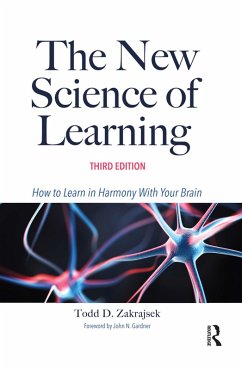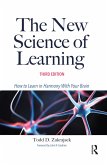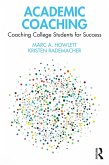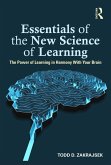By introducing new concepts, strategies, and applications related to learning and memory that are based on current findings in cognitive, social, and motivational psychology, this text offers a richer and more complete picture of how brain science illuminates how we learn. Students assigned this book will be equipped to design effective learning plans, employ new strategies, recognize learning traps, discover ways to work effectively in groups, improve recall, and realize better academic performance through test-taking and paper-writing strategies.
This new edition also addresses the concerns of all students-particularly those unfamiliar with the college setting and its expectations and assumptions-and offers strategies for success. In keeping with the preceding editions, this book introduces students to concepts, techniques, strategies, tips, and ideas to help them be academically stronger students, advance faster in their studies, and demonstrate what they have learned more effectively-in short, how anyone can learn to be a better learner by learning how to learn in harmony with their brain.
The book remains compact and student-friendly, offers examples of practice, and includes discussion questions at the end of each chapter.
Dieser Download kann aus rechtlichen Gründen nur mit Rechnungsadresse in A, B, BG, CY, CZ, D, DK, EW, E, FIN, F, GR, HR, H, IRL, I, LT, L, LR, M, NL, PL, P, R, S, SLO, SK ausgeliefert werden.
Kathy Nabours, Associate Professor of Mathematics, Riverside City College
"A must-read for our entering students...a distillation of the longstanding science on learning and the brain into easy-to-follow explanations and compelling real-life examples. This book encapsulates proven components of successful and enduring learning, offering numerous practical strategies that students can begin to use immediately. Kudos to the author for situating this latest edition in our current social landscape. I am constantly searching for tools to strengthen our students' learning retention. This is a grand slam!"
Angela P. Hegamin, Assistant Dean of Academic Support, College of Optometry, Western University of Health Sciences
"An instant classic when first published in 2013, this updated third edition of The New Science of Learning should be required reading for every college student. It is an invaluable resource for educators searching for concrete, evidence-based ways to help students build academic skills, agency, and self-efficacy. It is a truly empowering book for students and instructors alike."
Jessamyn Neuhaus, Director, SUNY Plattsburgh Center for Teaching Excellence, author of Geeky Pedagogy: A Guide for Intellectuals, Introverts, and Nerds Who Want to be Effective Teachers
"This book masterfully weaves together leading brain research and practical examples to show students 'how to learn'. It addresses common pitfalls that students encounter in their learning journey, and provides a clear roadmap of research-based strategies that can enhance comprehension, long-term retention, and the overall learning experience (such as spaced practice, metacognitive strategies, and yes, sleep). This book is a must-read for students who want the tools to succeed in college and beyond!"
Tolulope (Tolu) Noah, Instructional Learning Spaces Coordinator, California State University, Long Beach
"Dr. Zakrajsek's systematic, approachable, and humorous discussion of 'the Research' makes this book both accessible and meaningful for any learner in higher education - and faculty too! He provides condensed, clear theory as well as pathways of practice for improving our learning through thought and deed. Any reader will come away with specific applications which will in turn provide profound improvements to their learning. This is a must-read for every student, regardless of previous academic success!"
Ian Wolf, Instructor of English, Vance-Granville Community College









